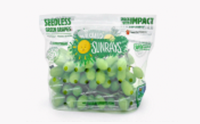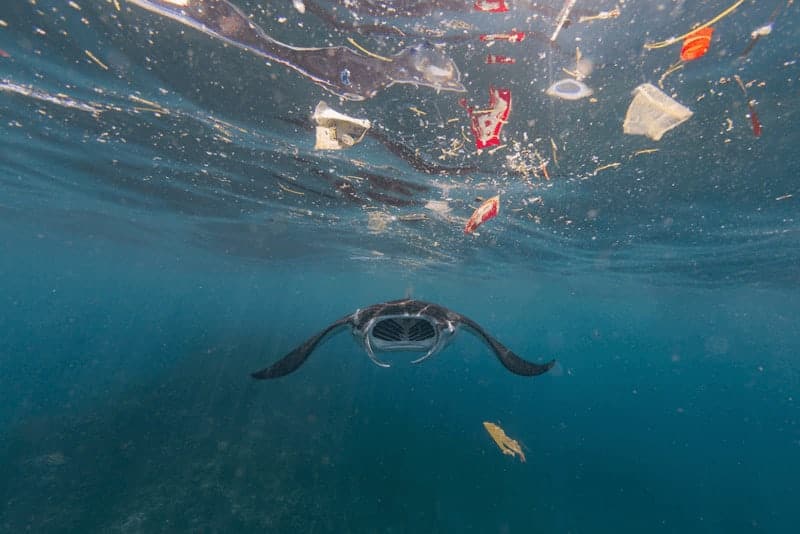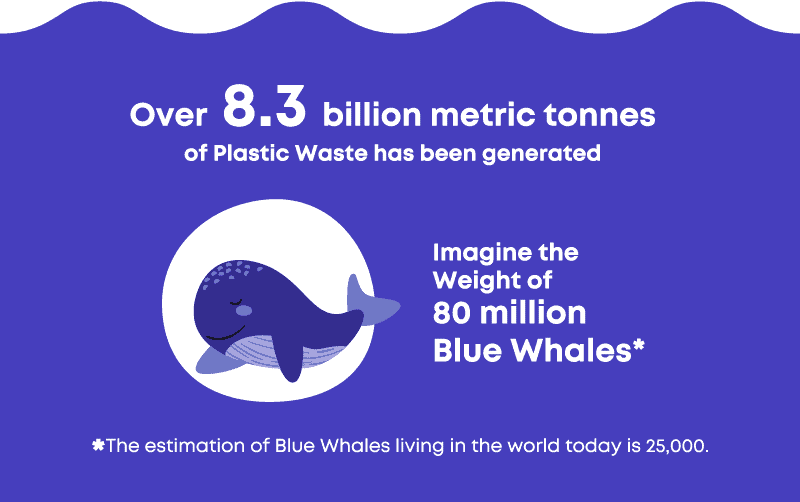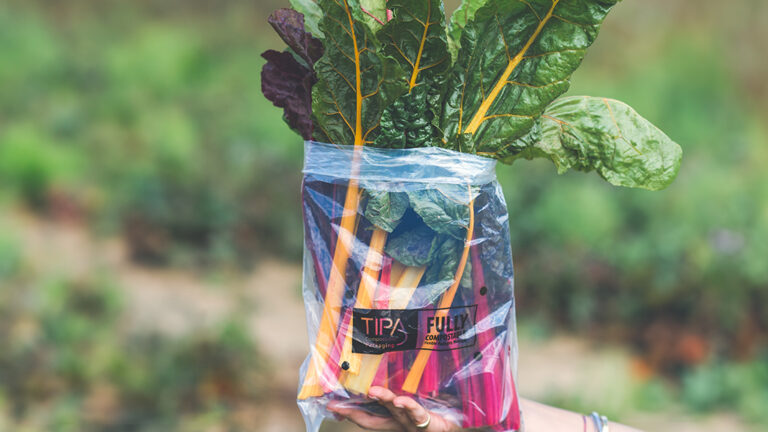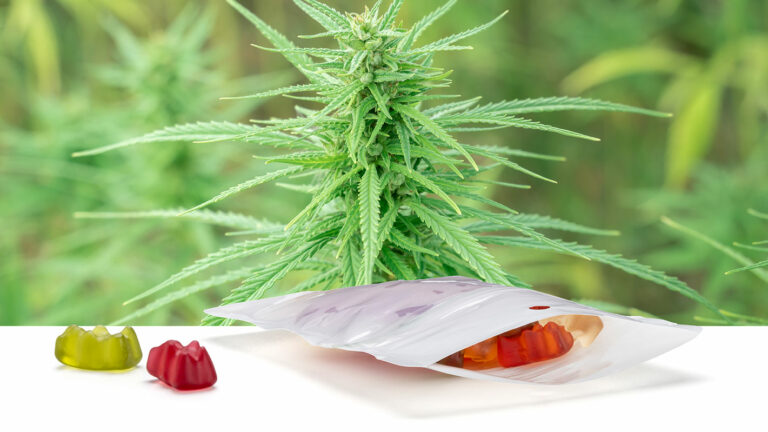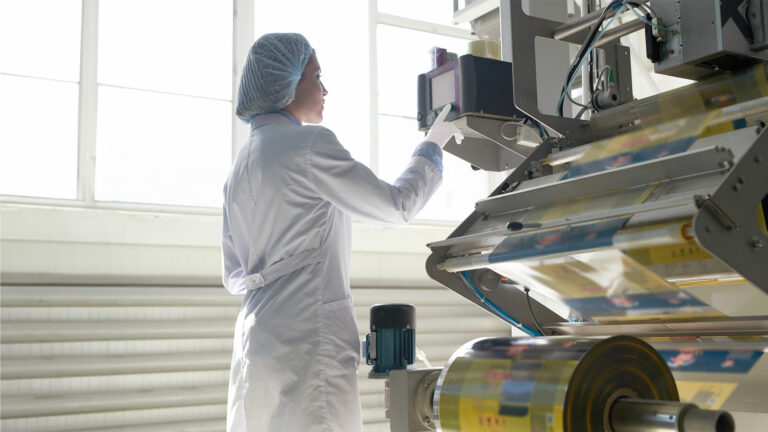One plastic bag makes oceans of difference. What starts as a mere shopping accessory, easily ends as deadly waste in the ocean.
Over the last 20 years I’ve been exploring and photographing underwater as a side-career. From what I have witnessed, it seems like marine life is under attack as it suffers from overgrowing litter and waste disposed and abandoned.
The ocean covers over 70% of the planet and while we have yet to explore 95% of it, its greatest depths have already seen plastic. Humans rely on the ocean for oxygen, protein, food, and power generation, not to mention, it is the largest ecosystem on earth making it our planet’s life support system. The problem is that so many of us take that for granted. We assume the ocean is immune to our impacts, overfishing and plastic disposal which puts it at a great risk every single day.
To reverse this trend, we urgently need solutions that address plastic pollution at the source in order to save the ocean from plastic.
Clean-ups can only rids of a tiny fraction of the total amount. Instead, we really need to do is transform our economy into a circular economy. To help accelerate this change, earlier this year I decided to join TIPA, from my previous role at the World Wildlife Foundation.
Let’s have a look at some of the startling statistics of where we are today:
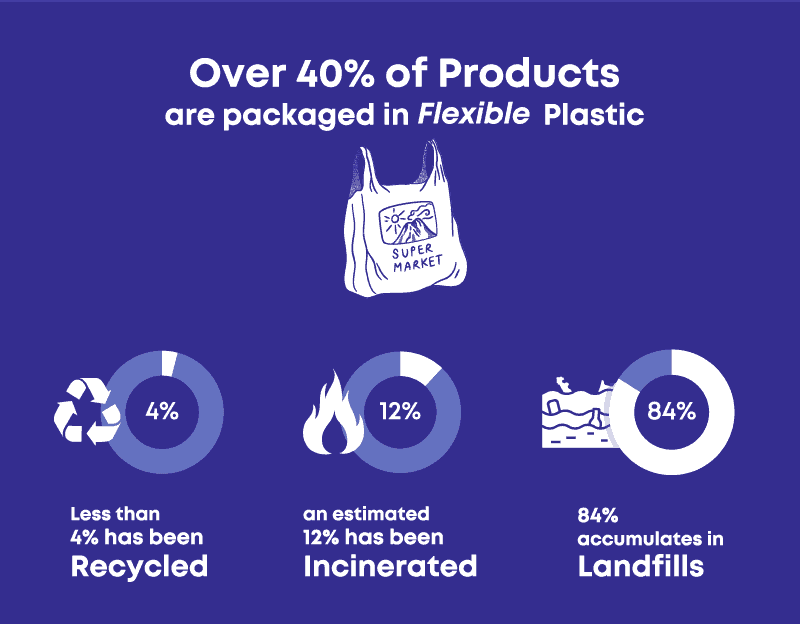
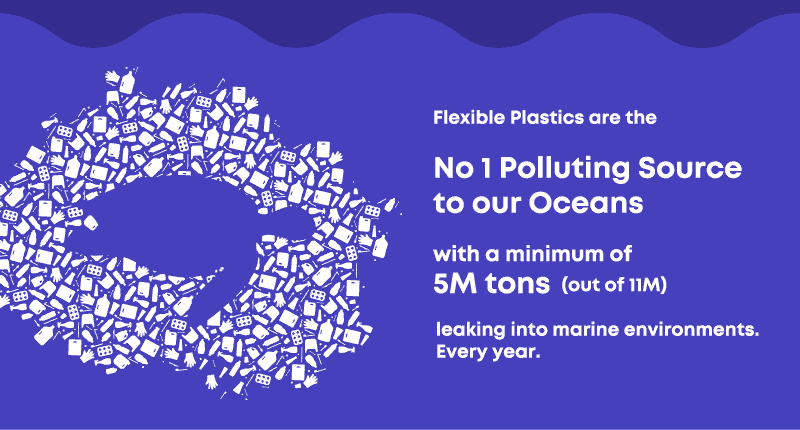
Conventional plastic packaging waste is non-biodegradable and will stay on the planet for 500 years, only breaking down into smaller fractions (micro and nano plastics). Plastics are killing millions of marine animals every year through entanglement and ingestion. It is not only life in our oceans that we need to be concerned about. Existing plastics in landfills and the environment — a mass estimated at around 5 billion tonnes — will continue degrading into tiny fragments that are impossible to collect or clean up, constantly raising microplastic levels.
The United Nations warns that buried plastics can leak harmful chemicals that spread into groundwater from deep landfills, while toxic gases from open-air plastic burning pits could cause cancer, heart disease, asthma, emphysema, and damage to the nervous systems do we need this entire list? It’s horrible.. And as opposed to what people think, recycling is not a solution for flexible plastics as only 4% of flexible plastics is recycled.
Recycling flexible plastics is technically difficult and not economically viable, especially where packaging is contaminated with food waste. If we look ahead, it is projected that in the next 30 years we are likely to produce 4 times more plastic waste than we ever did. We are facing a plastic time bomb.
In that rate, people could actually be consuming more than 2000 tiny pieces of plastic every week. We might as well be eating our plastic credit cards, for that matter. Nanoplastics — smaller than 1 micrometer — worry researchers most as they can enter cells, disrupting cellular reproduction and compromising reproduction, development, and immune systems for all living organisms.
Looking at the facts, it is impossible to ignore we need to change our system to a Circular Economy. First and foremost, we need to Reduce and Reuse. I mean, where is the logic in using a plastic bag for 20 minutes and then leave it to disintegrate for the next 500 years knowing it harms our ecosystem as it does.
For those applications, where flexible packaging is a necessity, compostable packaging is a key solution. Separate waste collection is the instrument to get clean material streams into
recycling (organic and plastics), compostables enable a better collection of
materials without contamination. Ultimately leading to more organic waste
collection, better compost quality, and healthier soils. How does this work exactly
I will explain in my next blog.
A shift towards a circular economy is necessary, inevitable, and a source of creating value. Are you ready to join us and be the change you want to see in this world?









